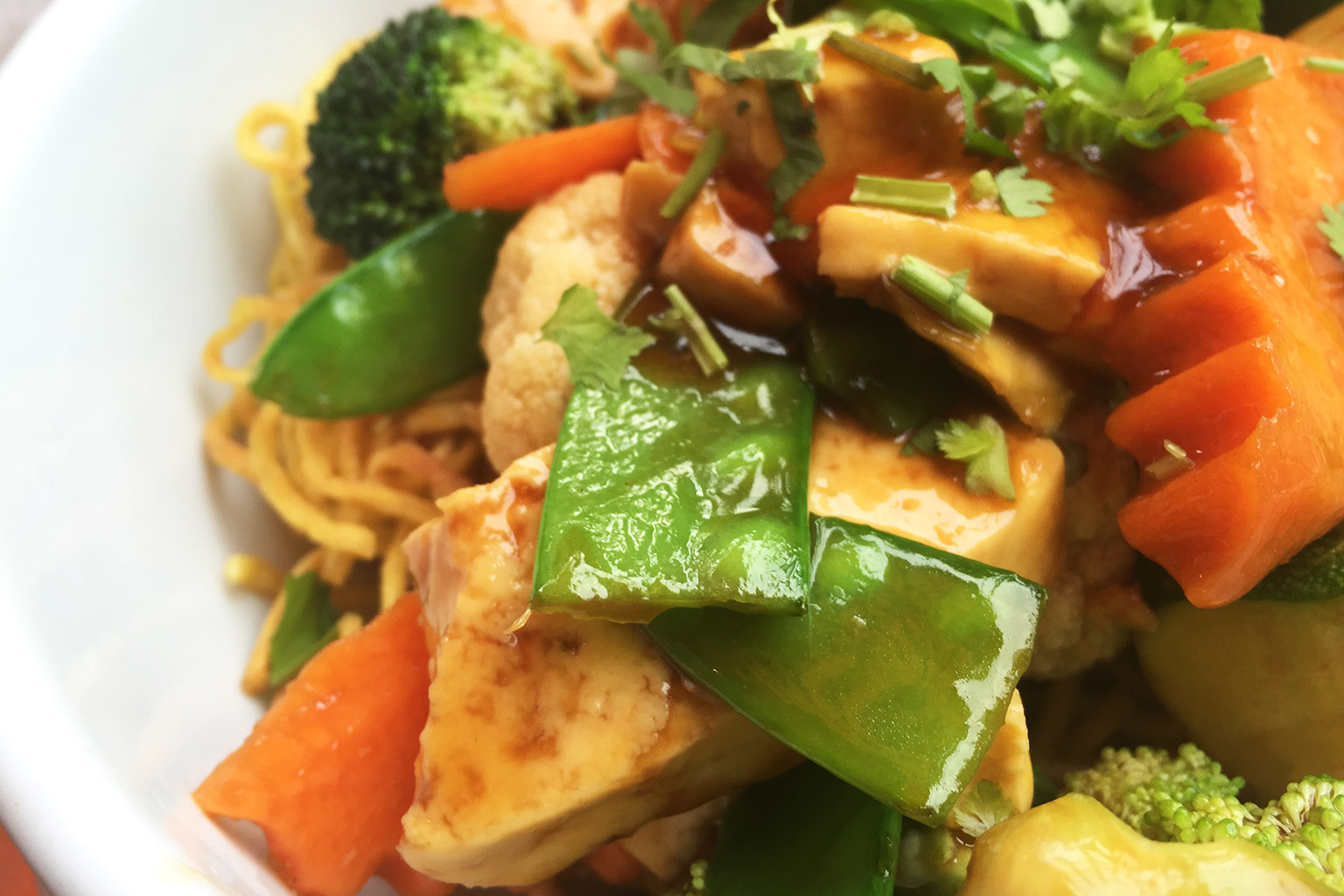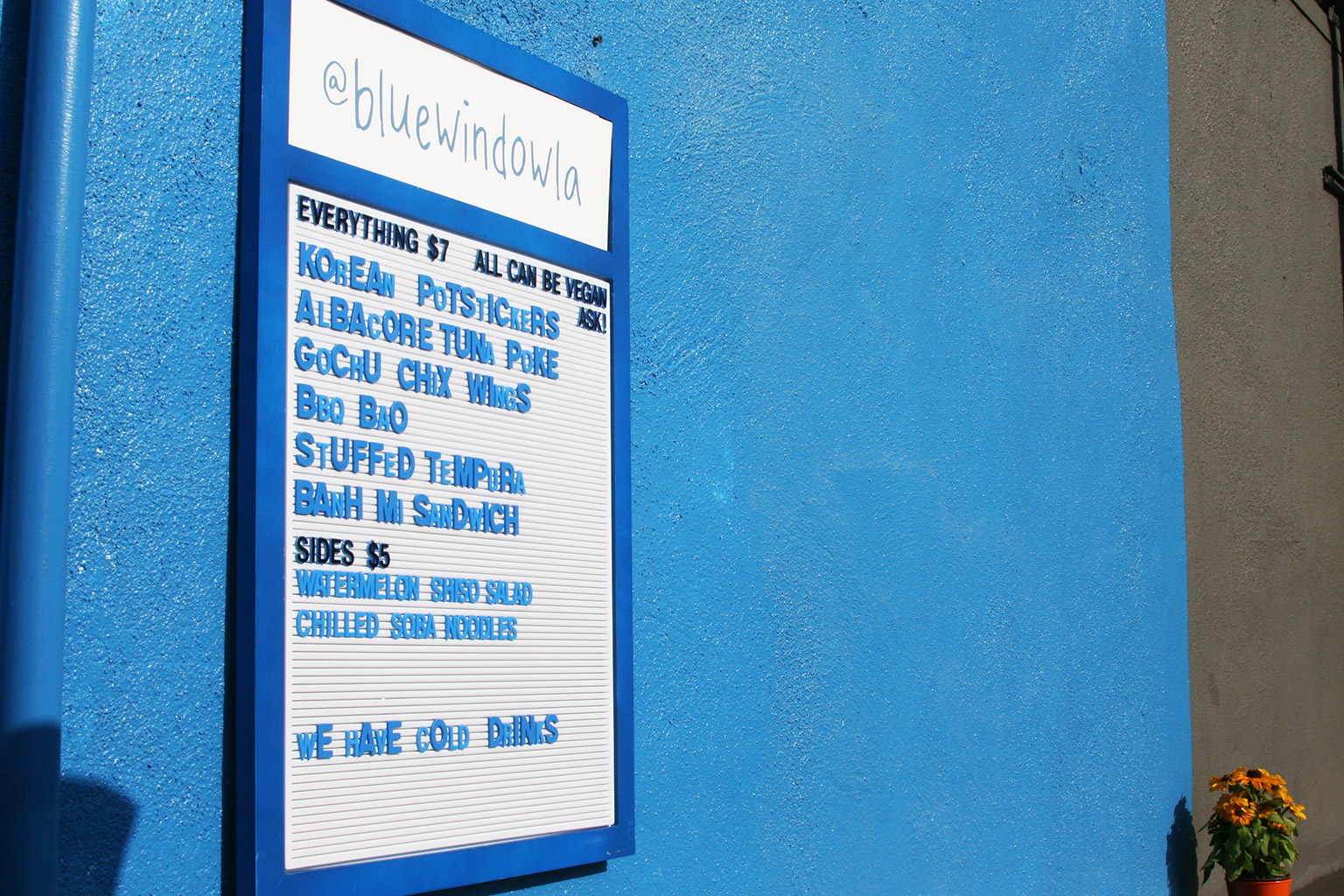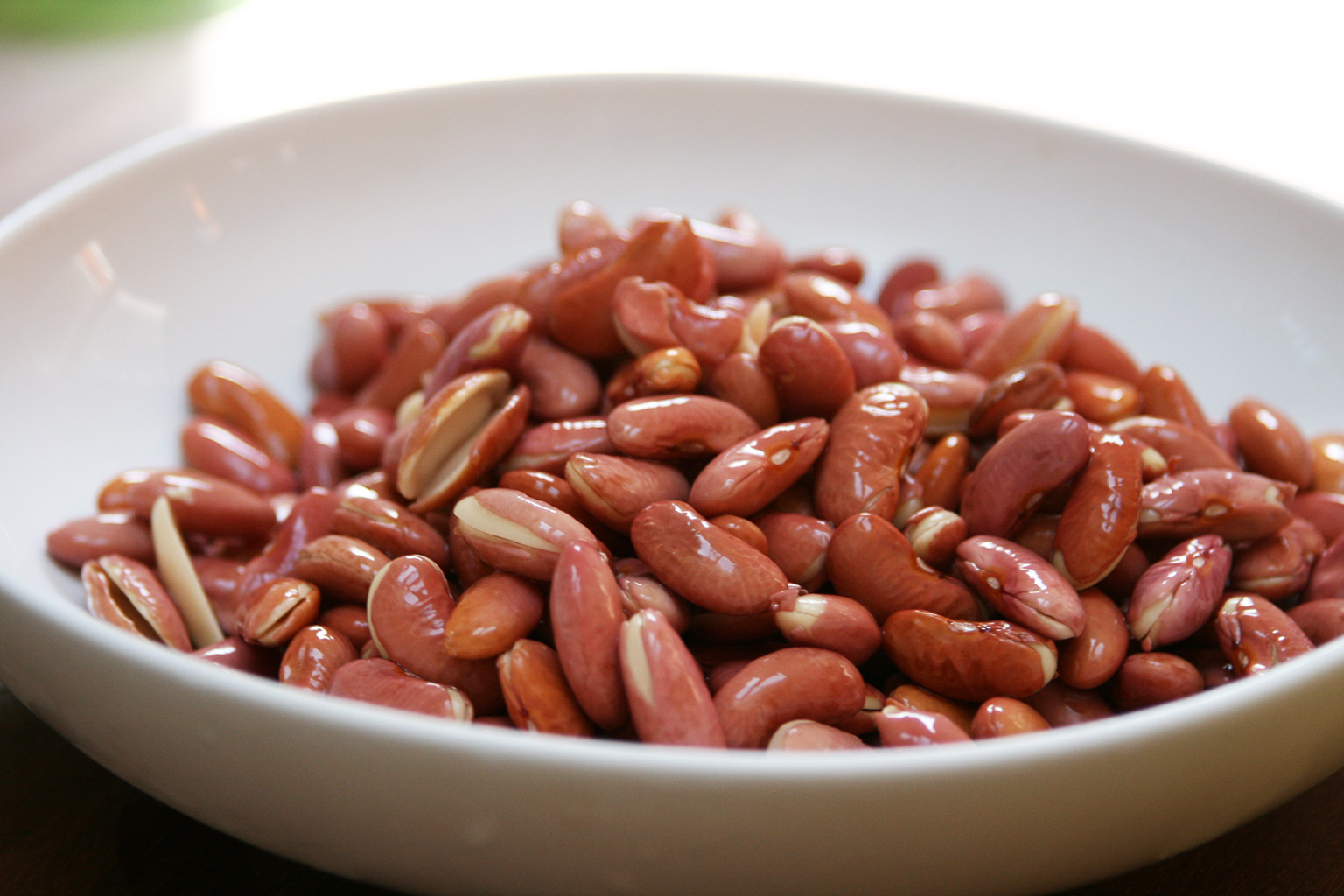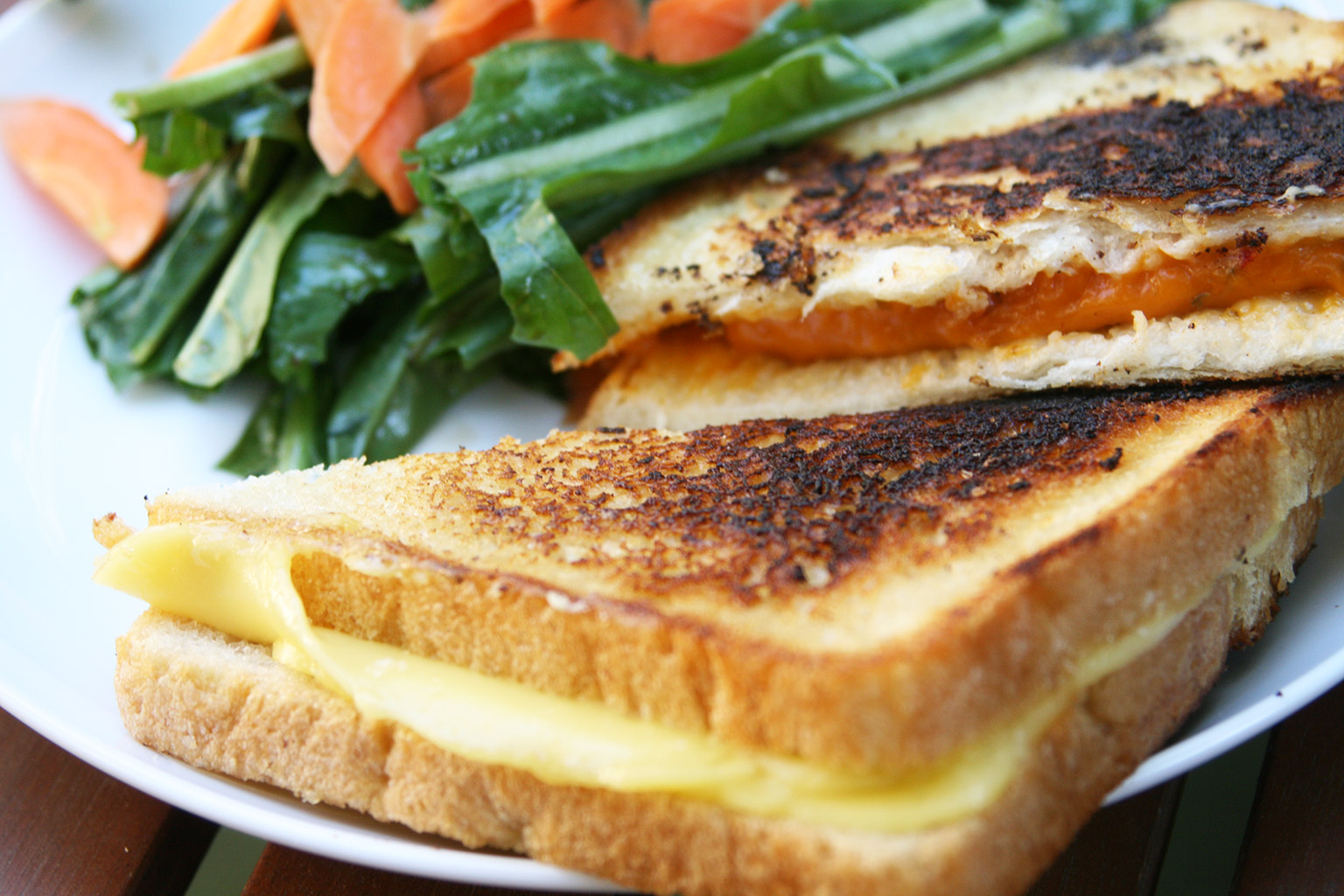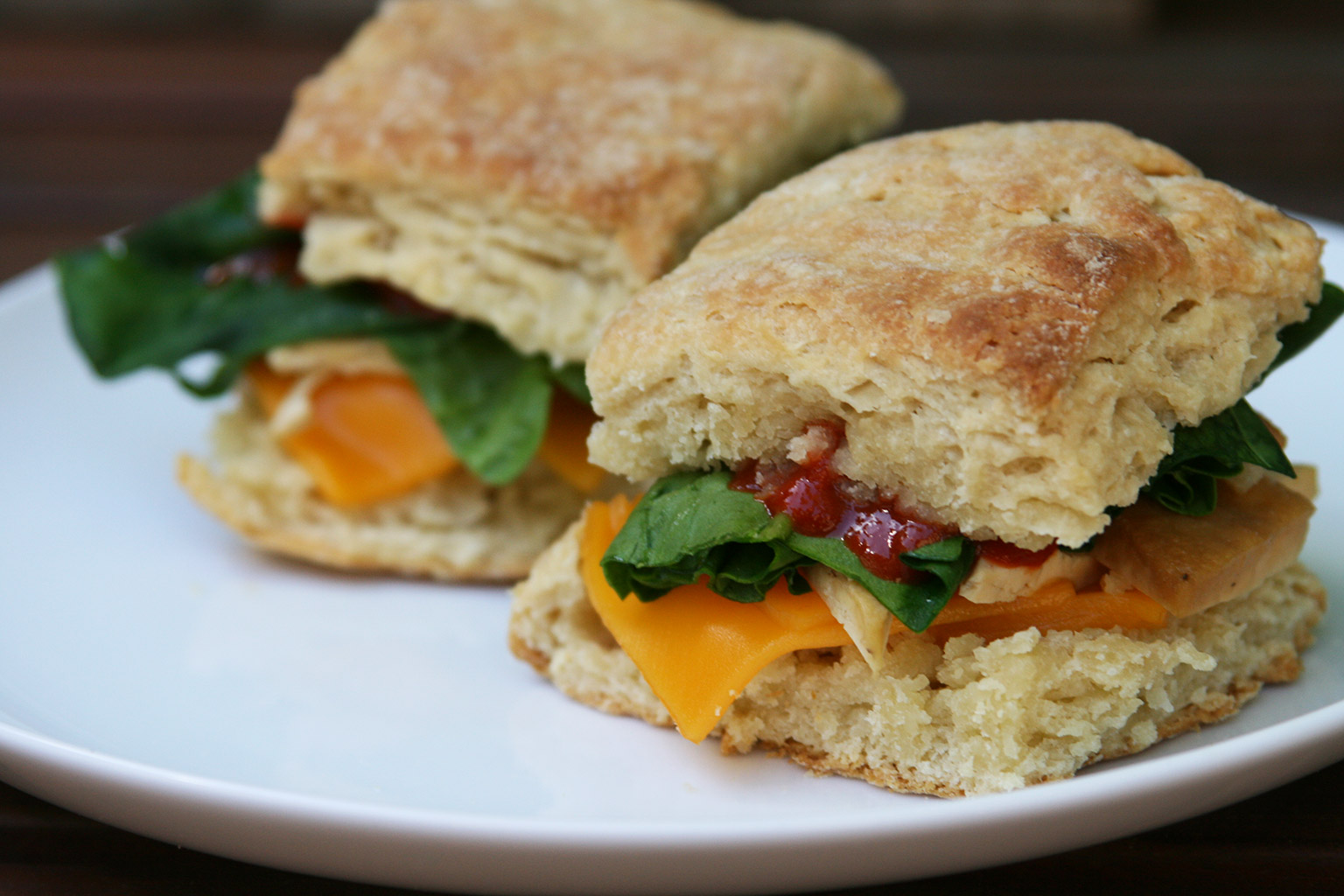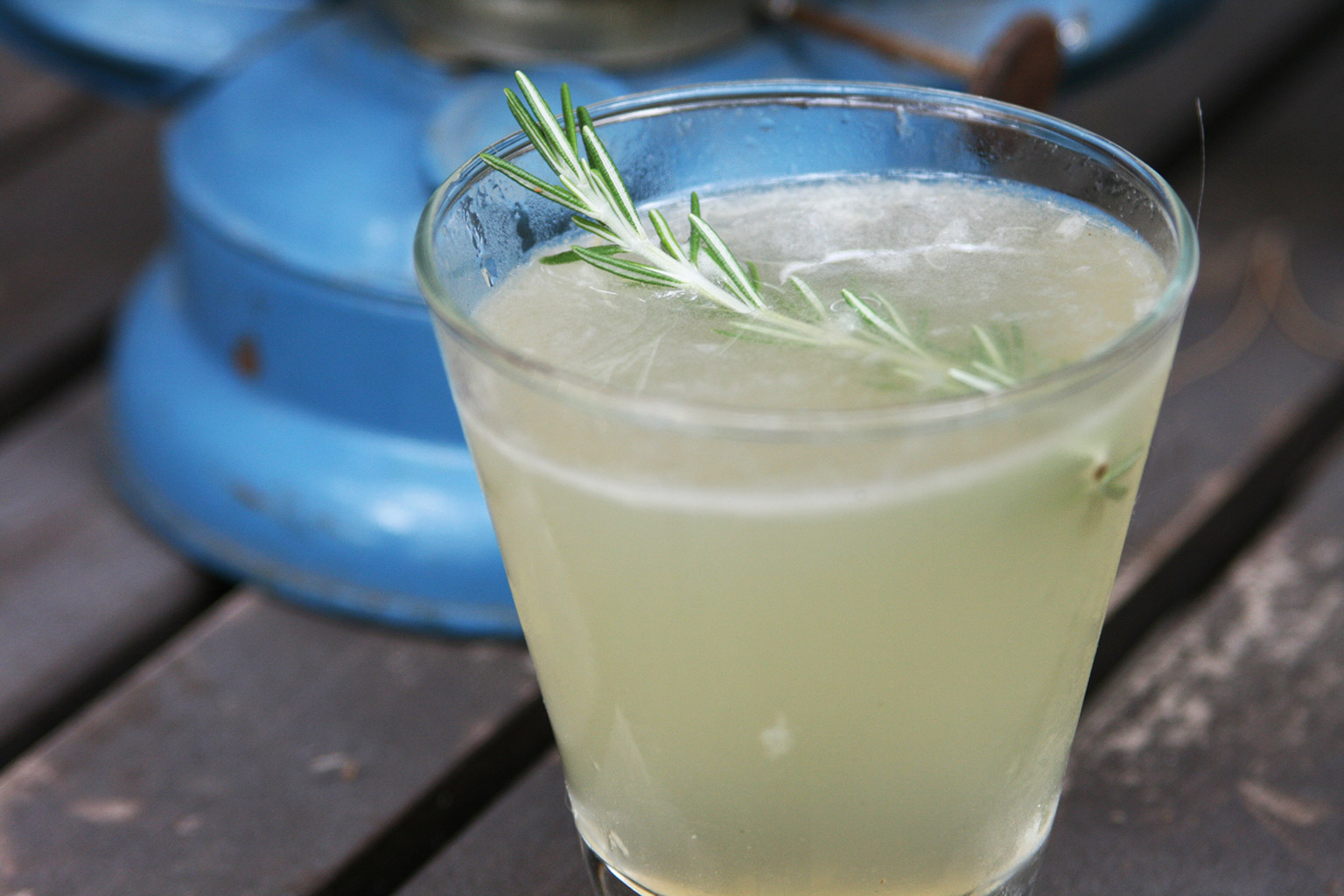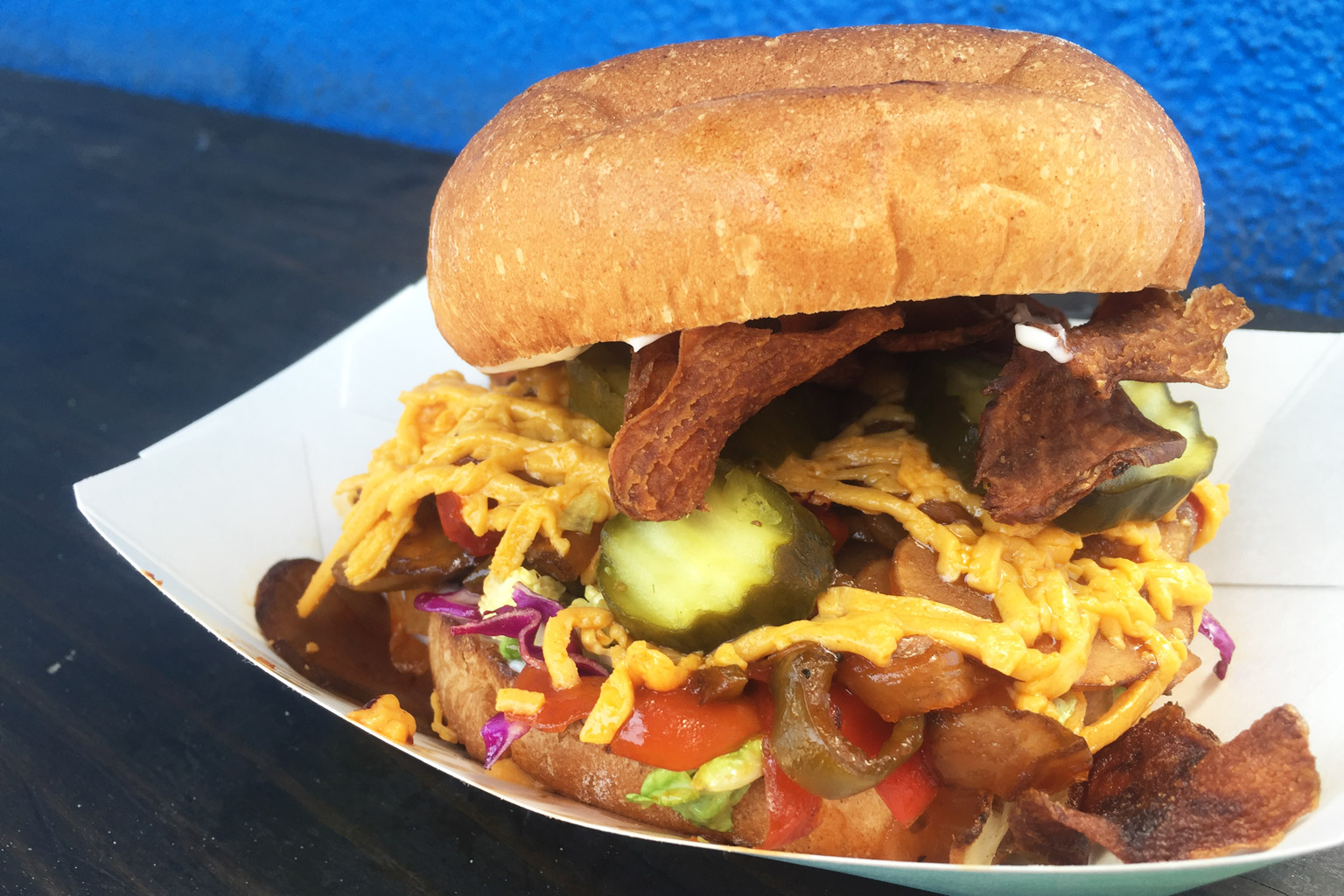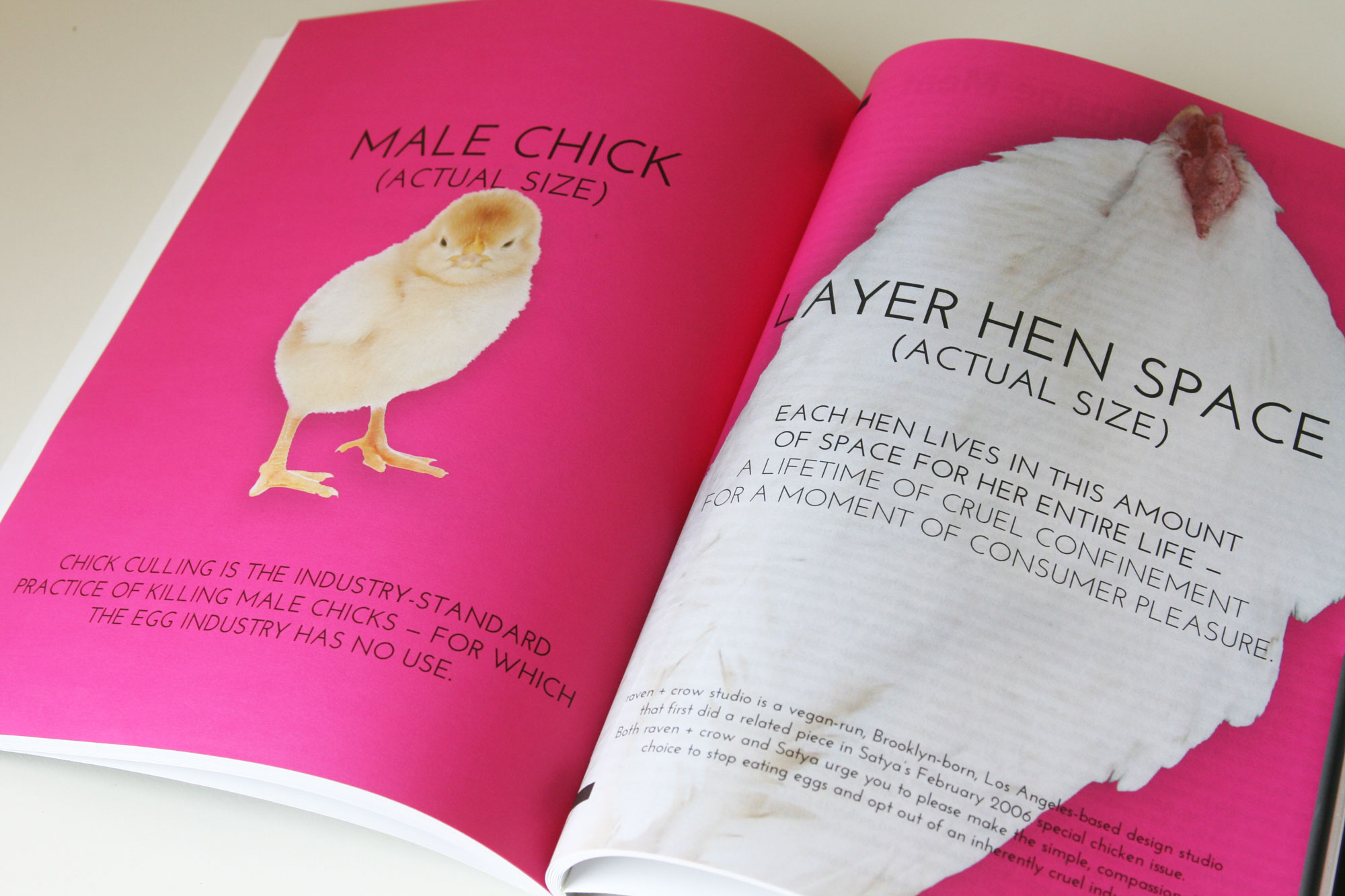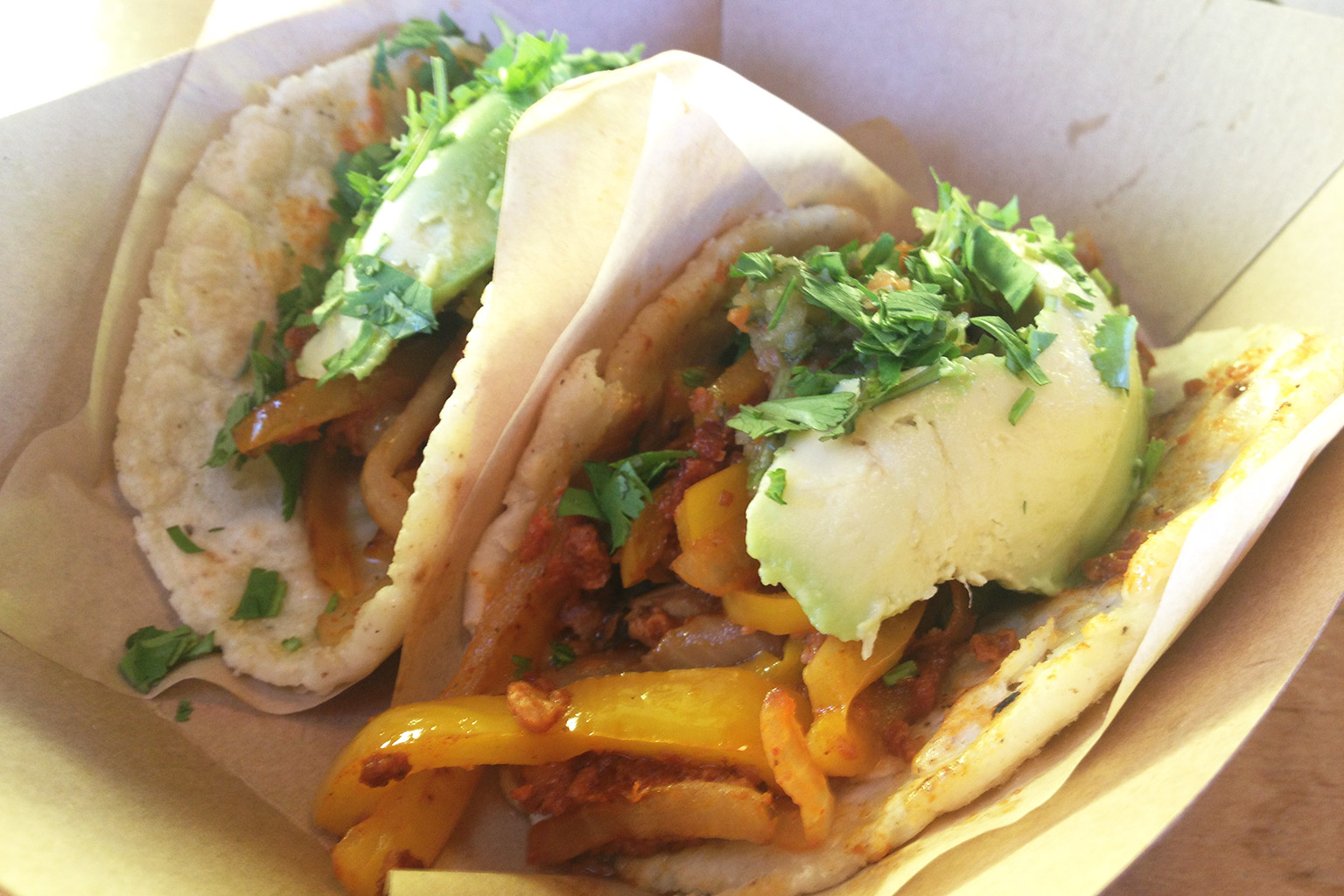February 15, 2012
Reader, if you know me, either on a personal basis or through an in-depth, detailed analysis of this thing they call a blog, you know that I am not originally of this northern locale. In fact, I grew up in sundry regions of southern Virginia, where most food was fried, vegetables weren’t done cooking until colorless and/or translucent, and mayonnaise and bread were used in a solid one-to-one ratio in almost every case. So it makes sense that I have some base culinary cravings that may seem a tad out-of-place with a long-time vegan.
One such craving—NAY—the PRIMARY such craving, I’d have to say, is and has for some time been barbecue pulled pork sandwiches. I obviously abhor meat of any kind, but meat from pigs—known to be highly intelligent, social animals who are largely confined to a life of utter horror in our factory farming system—is especially offensive to me. Nonetheless, I won’t deny an inalienable fondness for the memory of the taste of pulled pork. So what’s a vegan to do? Sure, there are plenty of soy-based meat alternatives (hello, May Wah) and I can make a mean homemade seitan, but we’ve really been trying to cut down on the overly processed fake meats and gluten of late. Not to mention the texture’s way off on both counts.
 Enter the jackfruit. What the hell’s a jackfruit, you ask? Fair enough, I say. You know how you’ll be walking down the aisles of your local asian supermarket and you’ll pass all those sincerely bizarre-looking canned products that are purported to be vegetarian but look entirely creepy? Yeah, it’s one of those things. More precisely, the jackfruit is an extremely large, tropical tree-born fruit that grows widely in the Indian subcontinent and the Indochina peninsula. And, evidently, when you stick it in a can, it can make for an awesome, awesome meat substitute, especially for dishes that would traditionally include pork. I present to you then, Reader, a recipe for Vegan Barbecue Pulled Jack—pictured above—which I must implore you try at your earliest convenience. We made a big batch for the Super Bowl party we went to weekend before last and have to say, it went over very well with vegetarians and terrible, soul-less, amoral meat-eaters alike. We jest, obviously, but added bonus—we’re posting our homemade barbecue sauce recipe, which we have to admit, is also awesome. Awesomeness, we do not jest about, Reader—not now, not ever.
Enter the jackfruit. What the hell’s a jackfruit, you ask? Fair enough, I say. You know how you’ll be walking down the aisles of your local asian supermarket and you’ll pass all those sincerely bizarre-looking canned products that are purported to be vegetarian but look entirely creepy? Yeah, it’s one of those things. More precisely, the jackfruit is an extremely large, tropical tree-born fruit that grows widely in the Indian subcontinent and the Indochina peninsula. And, evidently, when you stick it in a can, it can make for an awesome, awesome meat substitute, especially for dishes that would traditionally include pork. I present to you then, Reader, a recipe for Vegan Barbecue Pulled Jack—pictured above—which I must implore you try at your earliest convenience. We made a big batch for the Super Bowl party we went to weekend before last and have to say, it went over very well with vegetarians and terrible, soul-less, amoral meat-eaters alike. We jest, obviously, but added bonus—we’re posting our homemade barbecue sauce recipe, which we have to admit, is also awesome. Awesomeness, we do not jest about, Reader—not now, not ever.
Smokey Blackstrap Barbecue Sauce
• 1 large Vidalia Onion (or other sweet onion, like Maya Gold), chopped
• 1 large fresh mild pepper (depending on propensity for heat, Poblano—which we usually use—Ortego Chile, or, if you’re anti-heat, a Bell Pepper)
• 8-10 Chipotle Peppers from the can (Goya makes these, as do a number of other companies, and they can be found canned in adobo sauce in most grocery stores’ latin foods section)
• 8 medium Garlic Cloves, smashed and coarsely chopped
• 2.5 – 3 6 oz. cans of Tomato Paste (get a nice traditional Italian brand or an organic one)
• 1/3 cup Blackstrap Molasses
• 1/2 cup Apple Cider Vinegar
• 1/2 cup Balsamic Vinegar
• 1/2 cup Bourbon or Rye Whiskey
• 1/4 cup Extra Virgin Olive Oil
• 1 tbsp Hickory Smoke Flavor/Liquid Smoke
• 1.5 cups of Water
• 1 tbsp Coriander (ideally freshly roasted and ground, but store-bought, pre-ground is totally fine)
• 1 tbsp Unsweetened Cocoa Powder (we like Droste)
• 1 tbsp Brown Sugar
• 1/2 tsp Clove (again, ideally freshly ground)
• 1 tsp Nutmeg (freshly-grated, if possible)
• 1 tsp Cinnamon (freshly grated, is possible)
• Salt, to taste
Pulled Jackfruit
• Young Green Jackfruit in Brine, canned (roughly 1 can per 3 large sandwiches)
• 2 Shallots per can of Jackfruit, peeled, halved, and sliced into thin semi-circles
• 2 tbsp Extra Virgin Olive Oil
• 1 tbsp Hickory Smoke Flavor/Liquid Smoke
So, obviously, you can use store-bought sauce or your own recipe, but we really do like this one, and, if you’ve never made barbecue sauce before, it’s pretty easy, pretty fun, and the yield’s pretty generous. Plus it’ll impress your friends. So if you’re making the sauce, proceed directly below. Otherwise, skip down to the jackfruit directions.First off, heat the oil in a pan on medium heat (as usual, we recommend a large, deep cast iron skillet). Once it’s warmed, add the onions, cook five minutes or so until a little translucent, and then add the garlic, cooking another five minutes and making sure the garlic doesn’t brown too much. Bring the heat to low and carefully add the smoke flavor, sugar, bourbon, molasses, vinegars, spices, and cocoa. Mix together gently and cook uncovered for 10 minutes, stirring a little as you go. Turn off the heat for the cast iron pan. Now cut the peppers into large chunks and add them along with the tomato paste, salt, and 1.5 cups of water or vegetable broth into a separate tall stockpot over medium-low heat. Then, carefully add the ingredients from the cast iron skillet to the stockpot. If you want, you can do all of this in one pot/pan or the other. We used to do everything in the cast iron, but we found that it made the sauce a little too dark and iron-rich, so we now do the first phase in iron and then transfer everything to a stainless steel pot. Either way, allow the ingredients to simmer for about 1.5 hours covered, stirring every now and then and adding more water/broth if it starts to look too thick or anything looks like it’s burning or drying out. Should be fine though. If it’s not, consider lowering the heat a bit. After an hour and a half or so, remove from heat and allow to cool for a half an hour or so, long enough that you’re not endangering your life if there’s any splash-back when you blend it. Then, puree everything in batches in your blender or, better yet, if you’ve got one, use an emersion blender in the pot.
On to the jack! So, first off, when you’re shopping for the jackfruit—which you’ll likely need to hit up your local asian market for—be sure you’re getting the young green jackfruit in brine. There’s also the mature jackfruit in syrup—you don’t want that. It’s sweet and…well, syrupy. Open the can or cans of jackfruit and drain with a colander over the sink. Now, by hand, crush up the jackfruit so that it starts to break into fibrous strands of meat. You’ll likely need to tear the tougher pieces near the fruit core or even cut then with a knife if you’re concerned about pieces being too large. You’ll also notice seeds in the meat as you do this. You can either use these—crushing them up as well—or toss ’em. Taste-wise, they’re pretty much the same, the textures just less fibrous. But if they gross you out, by all means, give ’em the boot. Once you’ve got everything broken down and looking good, rinse everything in the colander thoroughly in attempt to get rid of as much of the brine as possible and allow to dry a bit. Meanwhile, back in your cast iron skillet, add your olive oil and bring up a medium low heat, adding the sliced shallot and cooking for five minutes or so, allowing it to become fragrant and translucent and allowing the edges to brown but not blacken. Now, add your jackfruit, stirring to coat with oil and mix with the shallot. Cook uncovered for five or so minutes to brown the fruit and then stir and repeat two or three times for another ten to fifteen minutes to thoroughly brown edges of the fruit. Now add the smoke and cover, cooking for another five minutes covered. Uncover, stir, and add 1-2 cups of barbecue sauce per can of jackfruit used, depending on how dry or saucy you want the end result to be. Cook covered for about two hours, giving the fruit enough time to fully take on the flavors it’s being cooked with. Check it often to make sure there’s enough liquid. Add more sauce as needed and lower the heat if you’re having trouble keeping moisture in the skillet.
Once you’re done, give it a taste—it should taste pretty good at this point and, if you want, you could go ahead and use it. Ideally though, we’ve found that the jackfruit really does a superb job of fully absorbing the barbecue taste if you fridge the mixture overnight and then re-heat it stovetop again the next day right before use. As far as dressing it, we like these great vegan sandwich rolls from Balthazar Bakery (pictured above), but any lightly toasted vegan bun will do. And you’ve obviously gotta top this with some slaw. We don’t really have a recipe for the slaw we make, just thinly slice some cabbage, a little less carrot, maybe some red pepper, a little garlic and then mix in a large bowl with a mixture of Veganaise and apple cider or rice vinegar (we like a 1:1.5 ratio or so, but your call), a sprinkling of sugar, salt, pepper, and a decent amount of celery seeds (those are key). The slaw, too, by the by, is best when fridged overnight.
Beloved childhood memory restored.

 We picked up a container of the stuff at the Brooklyn Flea at its 2012 outdoor re-opening in Fort Green a few weeks back and—as suggested by the regal vegan herself, Ella Nemcova—just added the spread with a little warm water to our cooked pasta. Add a few ‘dress-me-ups’ like some fresh basil leaves and crushed pistachios and you’ve got a quick, delectable, totally animal-friendly meal. That, I guess, you can make while watching The Voice.
We picked up a container of the stuff at the Brooklyn Flea at its 2012 outdoor re-opening in Fort Green a few weeks back and—as suggested by the regal vegan herself, Ella Nemcova—just added the spread with a little warm water to our cooked pasta. Add a few ‘dress-me-ups’ like some fresh basil leaves and crushed pistachios and you’ve got a quick, delectable, totally animal-friendly meal. That, I guess, you can make while watching The Voice.
